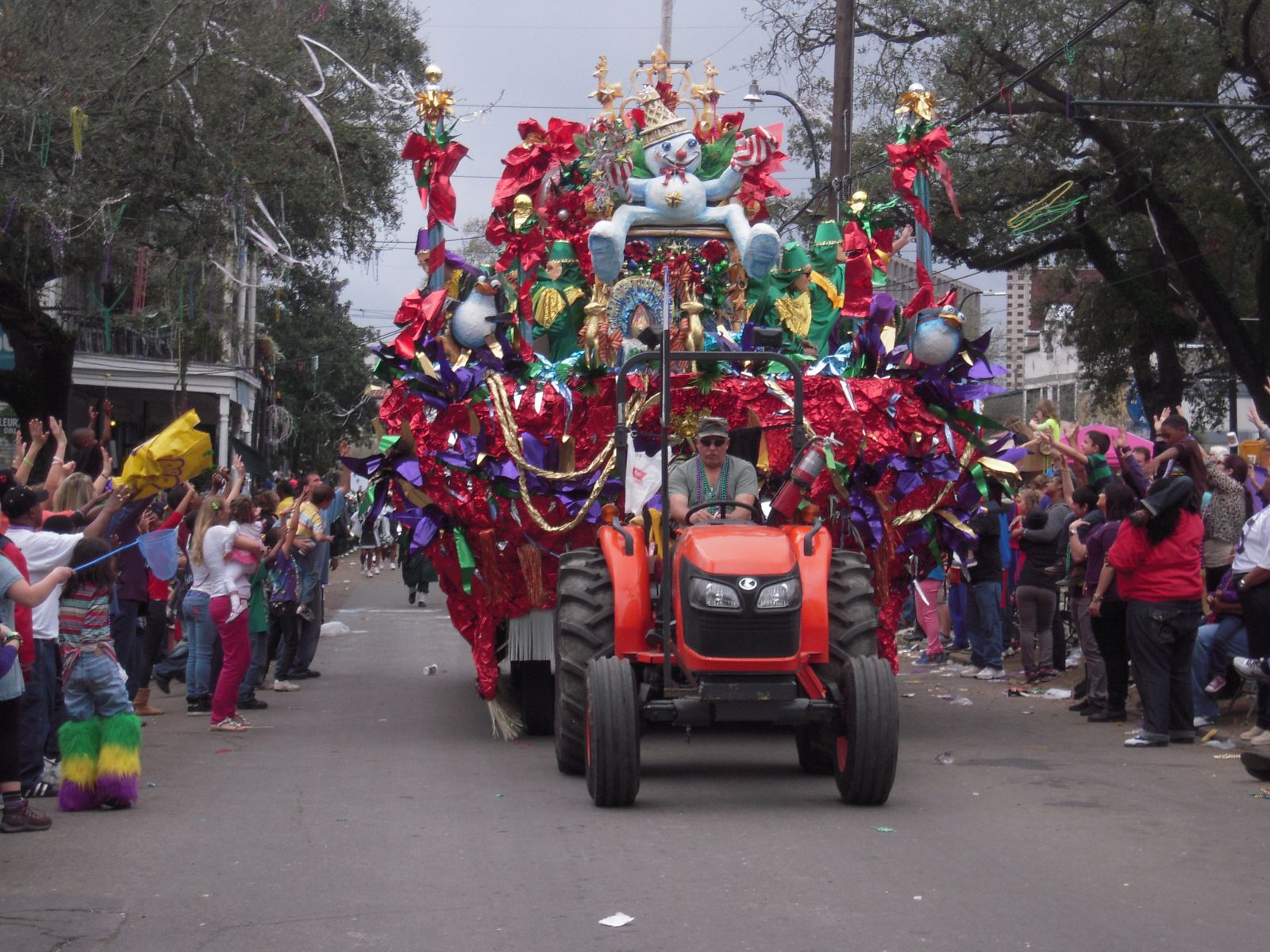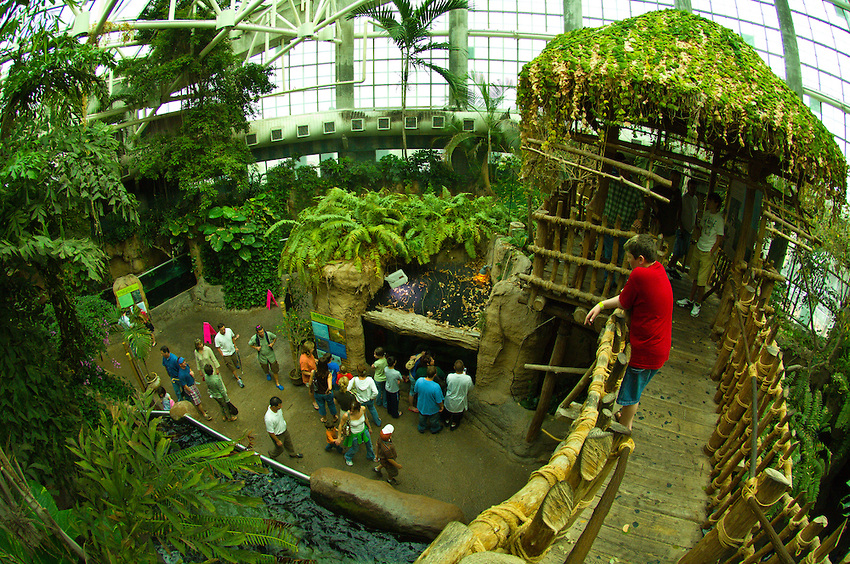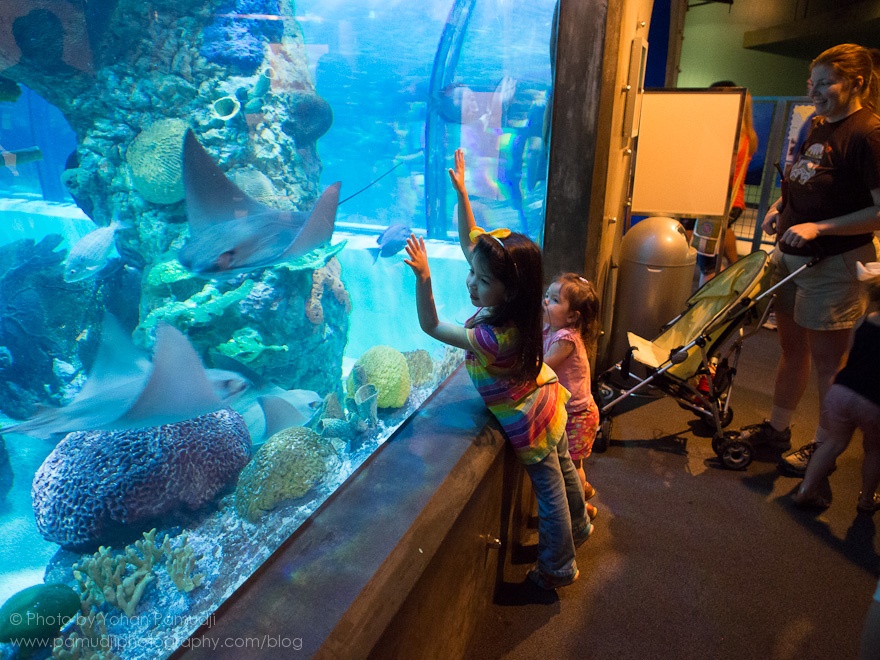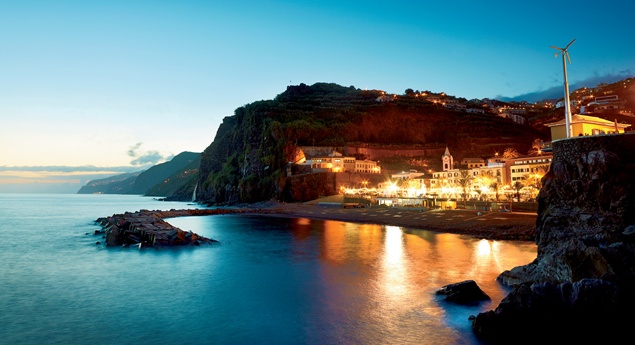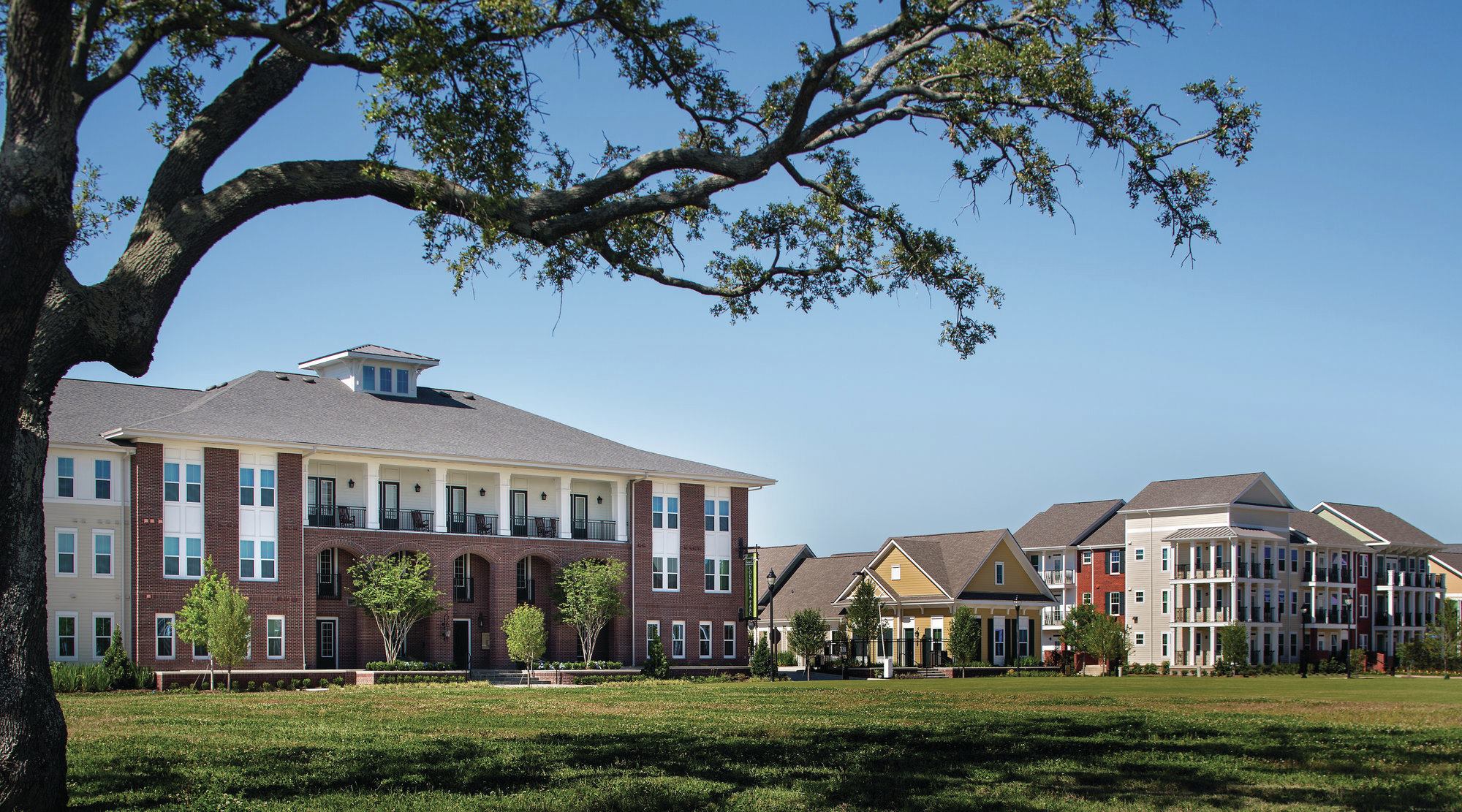Venue & Hospitality
Hilton New Orleans Airport
901 Airline Drive kenner
LA 70062, USA
Conference Dates: August 01-03, 2016
Hotel Services & Amenities
- Audio/Visual Equipment Rental.
- Business Center.
- Business Phone Service.
- Complimentary Printing Service.
- Express Mail.
- Fax.
- Meeting Rooms.
- Office Rental.
- Photo Copying Service.
- Secretarial Service.
- Telex.
- Typewriter.
- Video Conference.
- Video Messaging.
- Video Phone.
- ATM.
- Baggage Storage.
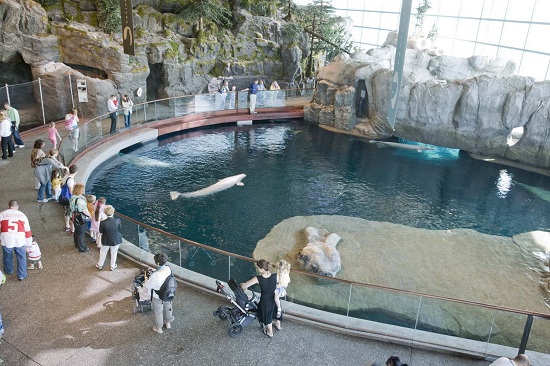
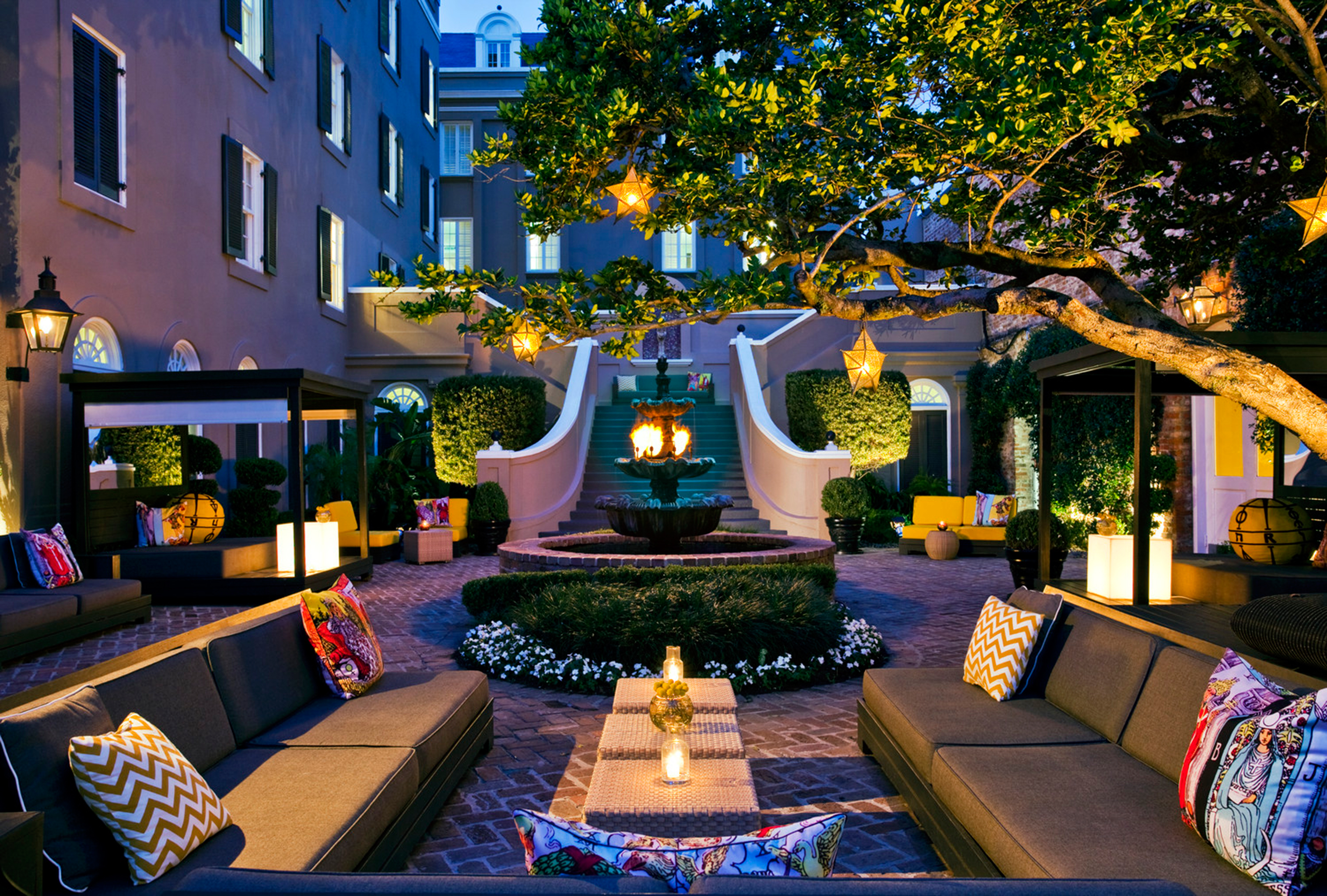

Transportation
Driving Directions to
Driving Directions to Louis Armstrong New Orleans International Airport
Airport
Louis Armstrong New Orleans International Airport (MSY)
Directly across from Louis Armstrong New Orleans International Airport's terminal entry. From east/downtown: On Interstate I-10 exit at International Airport; Follow access road in left lane; At first light signal turn right onto Airline Drive; 2 blocks to hotel on left.
Located directly across the highway from the airport terminal.
Drive Time: 5 min
Route Map
About City
New Orleans is a major United States port and the largest city and metropolitan area in the state of Louisiana. The city is named after the Duke of Orleans, who reigned as Regent for Louis XV from 1715 to 1723, as it was established by French colonists and strongly influenced by their European culture. The Central Business District of New Orleans is located immediately north and west of the Mississippi River, and was historically called the "American Quarter" or "American Sector." New Orleans is world-famous for its abundance of unique architectural styles which reflect the city's historical roots and multicultural heritage. Though New Orleans possesses numerous structures of national architectural significance, the climate of New Orleans is humid subtropical with short, generally mild winters and hot, humid summers. New Orleans' colonial history of French and Spanish settlement has resulted in a strong Catholic tradition. Catholic missions administered to slaves and free people of colour, establishing schools for them.
New Orleans has one of the largest and busiest ports in the world, and metropolitan New Orleans is a centre of maritime industry and the region also accounts for a significant portion of the nation's oil refining and petrochemical production, and serves as a white-collar corporate base for onshore and offshore petroleum and natural gas production. New Orleans was developed as a strategically located trading entrepot, and it remains, above all, a crucial transportation hub and distribution centre for waterborne commerce. The Port of New Orleans is the 5th-largest port in the United States based on volume of cargo handled and second-largest in the state after the Port of South Louisiana. It is the 12th-largest in the U.S. based on value of cargo.
New Orleans has many major attractions, from the world-renowned French Quarter and Bourbon Street's notorious nightlife to St. Charles Avenue (home of Tulane and Loyola Universities, the historic Pontchartrain Hotel, and many 19th-century mansions), to Magazine Street, with its many boutique stores and antique shops. New Orleans is world-famous for its food. The indigenous cuisine is distinctive and influential. From centuries of amalgamation of the local Creole, haute Creole, and New Orleans French cuisines, New Orleans food has developed. Local ingredients, French, Spanish, Italian, African, Native American, Cajun, Chinese, and a hint of Cuban traditions combine to produce a truly unique and easily recognizable Louisiana flavour.



